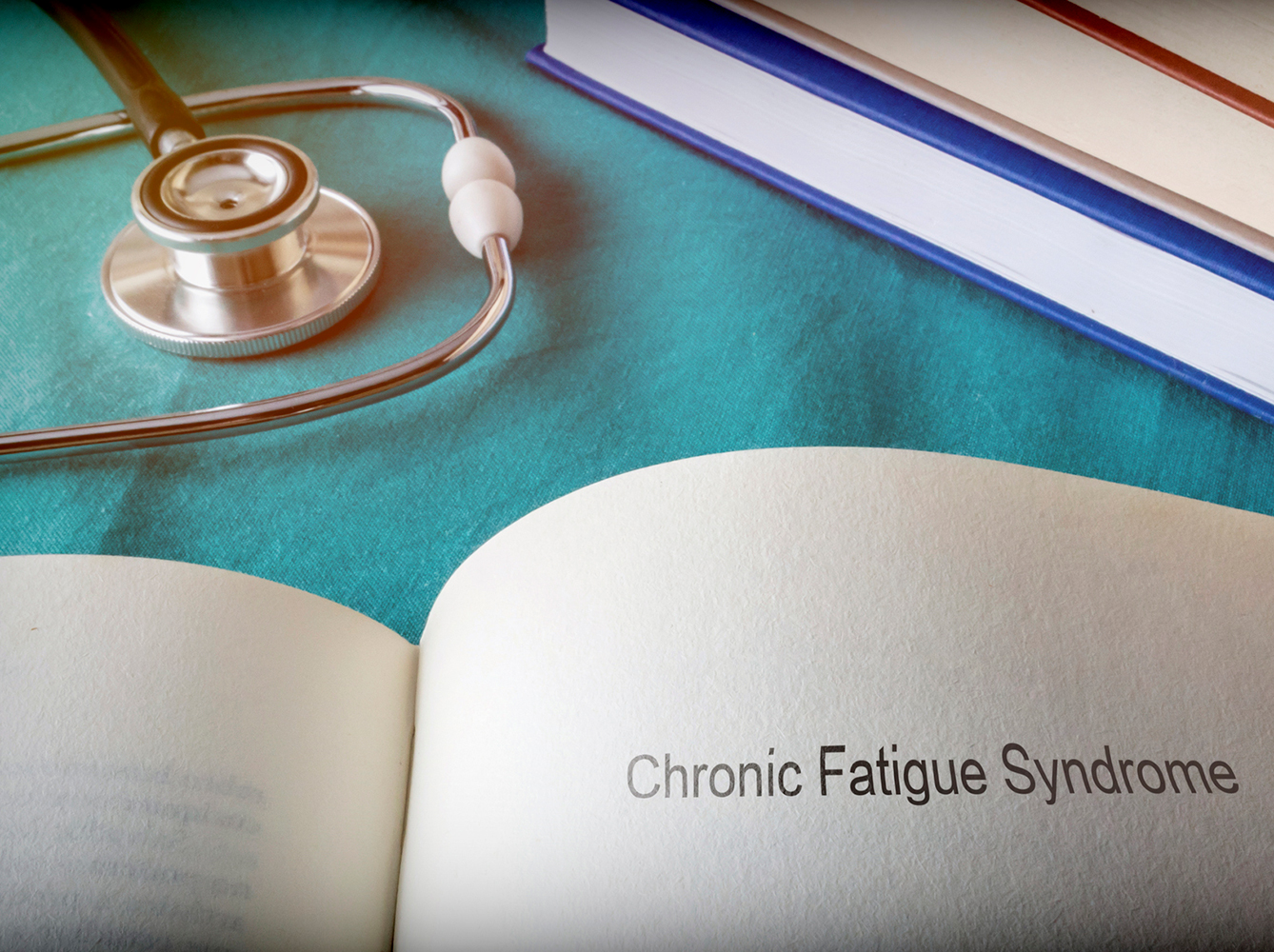Managing
A big part of what physicians can offer people with CFS/ME is validation that they’re dealing with a real physical illness, as well as support and education, Bested says. She compares managing CFS/ME to trying to move an overloaded cart that’s mired in mud—you start by removing, one by one, the items of cargo weighing it down.
“Part of the skill is trying to figure out the patient’s priorities and their worst symptoms,” says Dr. Eleanor Stein, a psychiatrist in practice and assistant clinical professor at the University of Calgary. For example, if someone can’t get out of bed because standing up causes a sudden drop in blood pressure, remedies such as extra salt, sports drinks, and compression stockings may help. Similarly, if your heart sometimes begins racing, your physician might recommend trying a medication that moderates heart rate.
It’s also important to evaluate whether factors in someone’s environment could be complicating the problem. “That includes your physical environment,” Bested says, offering the example of a mouldy house for someone with a sensitivity to such organisms, “or it could include living with someone who’s extremely emotionally toxic.” Money, or rather the lack of it, is another important potential environmental stressor: in the 2010 Canadian Community Health Survey, 12 per cent of respondents with CFS/ME reported income of less than $15,000 a year and 20 per cent said they had inadequate or inconsistent access to food for financial reasons; among respondents with cancer, those numbers were five and six per cent, respectively.
“If you don’t have financial security, nothing else can get better, because you’re stressing all day,” Stein says. For instance, if you’re worried you can’t make your rent, you won’t have the brain space or the energy to focus on doing things that will help you get better.
Not having enough money to put food on the table or the energy to grocery shop and cook can interfere with eating a healthy diet, which is another key aspect of management. “Certain low-inflammatory diets can help,” Arseneau says. These are typically rich in vegetables, fruit, legumes, and heart-healthy oils and scant in processed foods. He adds there is preliminary evidence that certain dietary supplements, such as magnesium, vitamin D, and coenzyme Q10, may also be helpful.
Taking steps to deal with sleep problems is also critical (for one thing, not getting enough restful sleep increases perception of pain). “If you can get people to train themselves to meditate or do self-hypnosis, it helps, because these induce a relaxation response,” Bested says. “That gives them control, and their brain goes into a state that’s more restful than when they’re lying there, anxious and awake.” If thoughts that pop into your head keep you from dropping off, Bested recommends keeping a pad and pen by the bed to jot these thoughts down so you can let them go. “These things can make a huge difference,” she says. In some cases, medication can also help: for example, Odile Gerin takes a small dose of the antidepressant amitriptyline (a dose that would be much too small to treat depression) to help her drift off.
Budgeting some of your limited energy for activities that give you satisfaction and a sense of purpose, as well as for those that give you pleasure, can help buttress your mental health and fend off depression. “When you can’t work, you feel useless, and you kind of feel useless anyway when you have pain and can’t move much,” observes Dr. Rachel Morehouse, a professor of psychiatry with Dalhousie University’s Faculty of Medicine and the medical director of the sleep laboratory at Saint John Regional Hospital in Saint John, NB.
“I try to encourage people to get back to work in some form,” she says, whether that’s volunteering for a few hours a week or doing a few household tasks. “You also have to build some joy into your life,” she says, “because joy doesn’t automatically happen and you need it now, more than ever. If you like restoring model trains, do it—whatever has given you joy in the past, make sure you do that.”
When Gerin’s symptoms abated to a certain extent, she began volunteering with a Quebec-based patient advocacy organization called Association Québécoise de L’Encéphalomyélite Myalgique—she became president in 1997— and later, with the national association, work she could tailor to her own schedule.
“I took a Spanish class at one point, and in the ’90s, I wrote a book,” she says. “It’s important to have an interest so you don’t focus all the time on your illness.”
Pace and Space
Probably the most critical part of managing CFS/ME, however, is a concept called pacing, or pace and space. On one hand, exercise of some kind is essential for helping to foster restful sleep and keeping one mobile and as healthy as possible; on the other hand, it’s important in order to avoid prolonged crashes due to overexertion.
“Pacing means you need to pace yourself to a level of both physical and mental activity that you know you can do without incurring any downside,” says Dr. Peter Powles, professor emeritus of respirology with McMaster University’s Department of Medicine and medical director of the sleep assessment program at St. Joseph’s Healthcare Hamilton (ON). “Spacing means that you don’t do repetitive activities of the same kind one shortly after the other, because otherwise you’ll get fatigued.”
Pacing is trickier than it sounds. First, there’s the temptation to push on and tick tasks off your to-do list while you’re feeling relatively well. There’s also the question of tuning into your body and identifying the clues that warn a crash will ensue if you don’t stop and rest. For years, when Gerin overtaxed herself, she’d get a pain in her sternum so severe that it felt as though the bones in her chest were on the verge of bursting open. “I always said to my doctor, ‘I’m going to have a heart attack and I won’t know it—I’ll think it’s this thing,’” she says. “Still today, when I overdo it, I can feel the muscles contracting. This is an alarm that says, Okay, go and lie down. And if I lie down, after about 10 minutes, I feel better.”
All of these strategies remain important even if a patient experiences a remission in symptoms, Arseneau stresses. “I don’t say people are recovered; I say they’re in remission, because if they have the right stressor in their life or they don’t take care of themselves with pacing and stuff, they’re at a high risk for relapse.”
Odile Gerin is fortunate. Diagnosed two years after she got sick, she learned to manage her disease with strategies such as pacing and gentle water exercise, and with hands-on therapies to help ease muscle pain. Her symptoms gradually improved to the point that she could work part-time.
“I’m privileged, because I could afford healthy food and osteopathic treatments,” she says. “A lot of people don’t have that accessibility.”
Resources:
bcwomens.ca
mefmaction.com
Chronic Fatigue Syndrome Myalgic Encephalomyelitis: A Primer for Clinical Practitioners, 2014 edition (available for $20 under “Publications” at acfsme.org)
Photo: iStock/digicomphoto.




